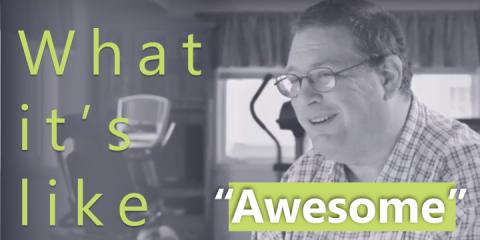Remote monitoring starts with a conversation

The Story:
An exploration of technology support options began when a group of men with developmental disabilities expressed their desires for increased privacy and independence. These men had been supported by staff 24/7 and wanted to reduce the amount of time caregivers spent in their home. A conversation began with the group of men, regulators, guardians, and providers to find a solution everyone was comfortable with.
The Outcome:
After extensive research assessing normal habits, safety concerns, and abilities to respond to emergency situations, a plan was implemented utilizing remote monitoring technology. Following the implementation, the men’s home became almost exclusively staffed remotely during nights and evenings. All parties were pleased with the dedication to safety and the care taken in working through all ‘what-if’ scenarios. And what do the men think of their increased independence? “Awesome” sums up one man’s feelings towards what it’s like living with the new plan in place.
Watch the video to learn more about the process:
Start the Conversation or visit the ARRM Technology Resource Center to learn about more success stories and case studies showing how technology is changing the lives of those living with disabilities.



